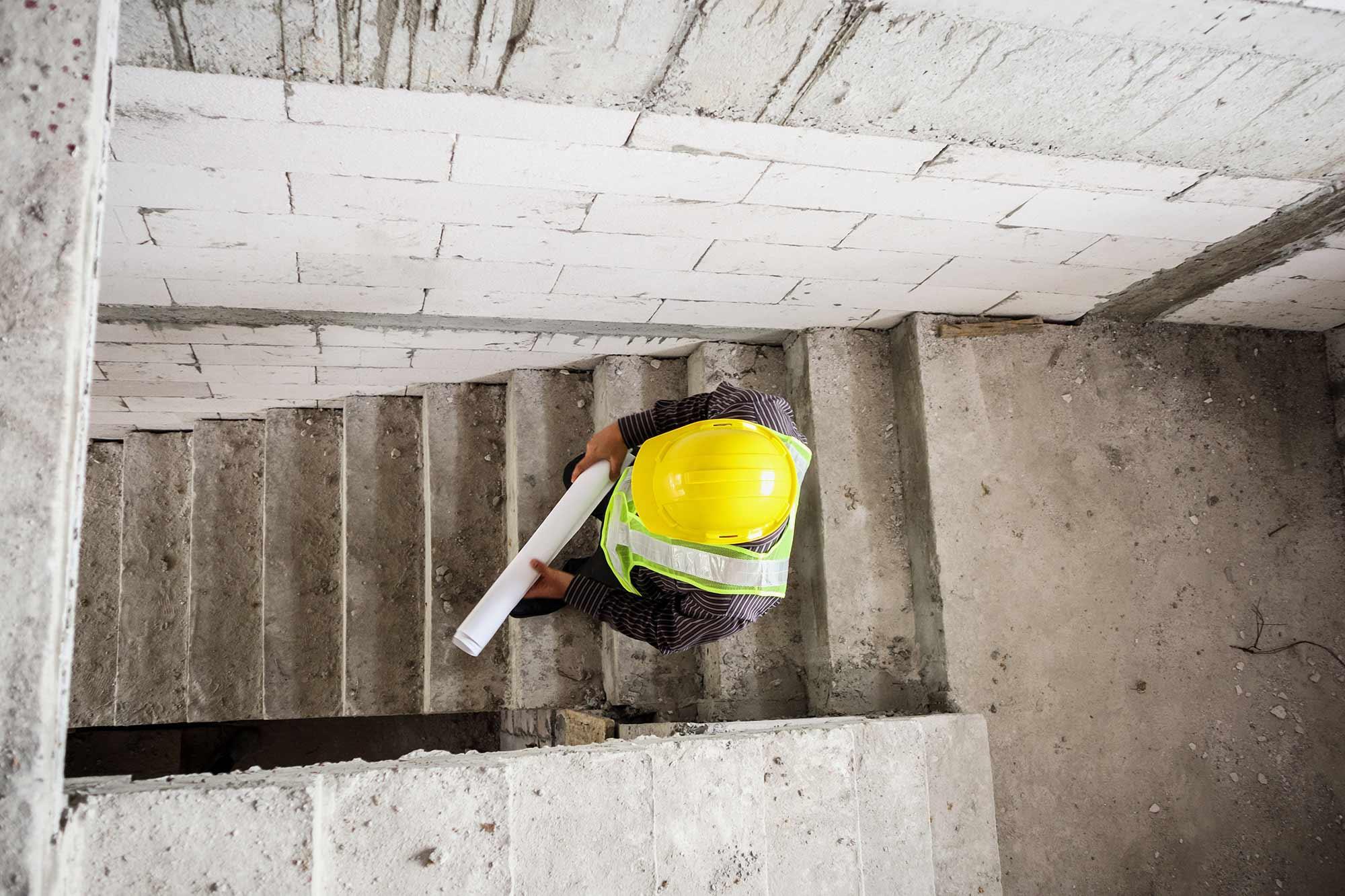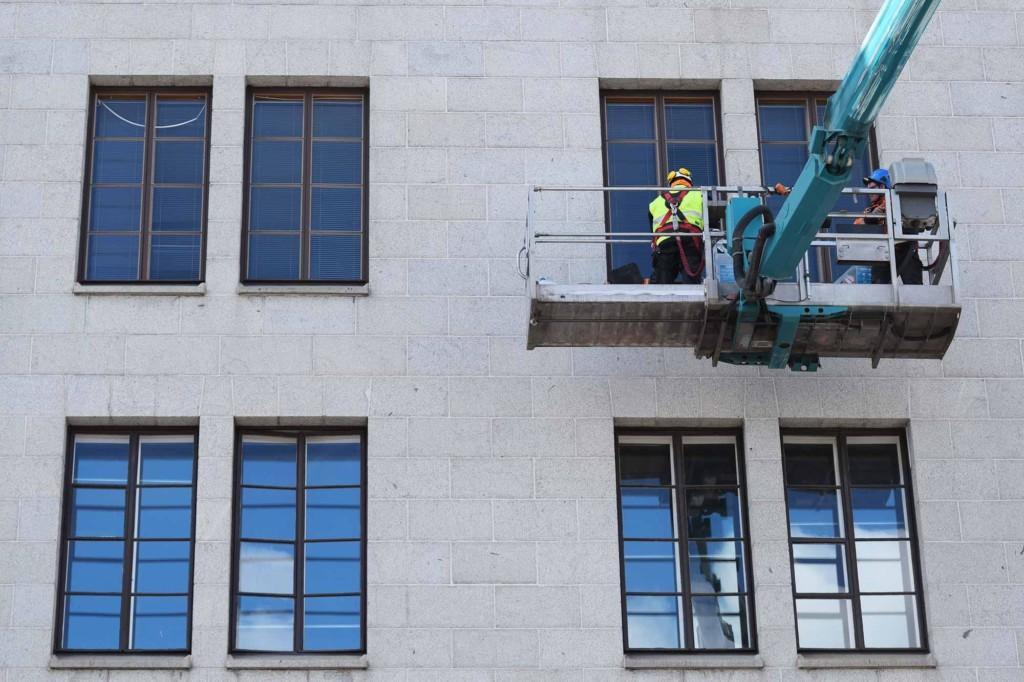Developer, are you aware of your obligations pertaining to the prevention of exposure to silica dust?
Government Decree on the Prevention of Work-Related Cancer Risks (1267/2019), which entered into force at the beginning of the year, also influences the occupational health and safety responsibilities of developers. The decree focuses on the promotion of the occupational health of construction site employees by preventing exposure to alveolar fraction silica dust. Alveolar fraction silica dust refers to extremely fine, carcinogenic dust that penetrates deep into the pulmonary alveoli of the respiratory system. Such dust is generated when rock materials are processed. Exterior face renovation projects, bricklaying and the demolition or grinding of concrete structures are typical work stages that cause exposure to silica dust.
The new decree requires that the developer is more aware, on the basis of a risk assessment, of the instructions the developer provides to the project supervisor of the construction project and other contractors in order to prevent employees from being exposed to silica dust. Thus, in accordance with the developer’s duty of care, the developer must also be familiar with technical dust control solutions that ensure safe and healthy working site conditions for employees. Developer, have you ensured that your contract and safety documentation takes into account the latest dust control requirements to prevent exposure to silica dust? Our cleanliness control experts, such as our healthy building coordinators and indoor air supervisors, can assist you in preparing your cleanliness control document and assist you at the planning stage to ensure that the dust control requirements are included in the contract and safety documents.
How can a developer meet its obligations on the prevention of exposure to silica dust?
The requirements set by the developer for dust control at the project planning and design stages play an important role in the meeting of the obligations set out in the new Government decree. At the project planning stage, the building’s construction work cleanliness control target is set at level P1, or other cleanliness control requirements are specified. Competitive bidding documents form the most important guiding element, however, as they specify the technical dust control solutions, for example. We can also require a separate cleanliness control plan from the contractors during the competitive bidding to further specify the practical dust control solutions at the construction site and ensure that the contractor commits to its own plans. The documents can include highly specific requirements that will have a major impact on the final cleanliness and the quality of the building’s cleanliness control.
A developer can easily fulfil the obligations at the document level. Using a dedicated cleanliness management coordinator already when preparing the documents is recommended, however, as this will make the documentation more precise, as well as allow managing of the dust control requirements and editing of the obligations separately for each item. Furthermore, the cleanliness management coordinator has at their disposal the latest information on guideline cards and practical experience from construction sites.
Guiding cleanliness control will also keep exposure to silica dust in check
During the transfer from project planning to implementation of the project at the construction site, our experts will ensure – in accordance with the project’s special characteristics – that dust control and cleanliness control will be realised in the manner required for the construction project. A guiding and proactive approach is the cornerstone of construction site supervision. In practice, our supervision activities ensure that the contractors will use the dust control solutions required by the new decree to prevent exposure to silica dust and other particularly harmful dusts. In addition, our guiding and proactive approach to supervision ensures achievement of the project’s cleanliness control goals in accordance with the plan.
Verification of the success of dust control and cleanliness control during construction
In the case of a renovation project, for example, it is possible to verify the success of dust control and cleanliness control during the construction stage by using continuous differential pressure monitoring and real-time particle concentration measurements. These will provide information on the success of the containment of dust to prevent it from spreading into the surrounding areas that are in normal use.
As part of the P1 construction quality targets according to the Indoor Climate Classification 2018 (Sisäilmastoluokitus 2018) by the Finnish Indoor Air Association (Sisäilmayhdistys ry) to achieve good indoor climate in new buildings and renovation projects, cleanliness checks are carried out before ventilation system performance tests and before the handover of the facilities. This is to ensure a healthy and comfortable environment for the users. The cleanliness level can be verified by means of a dust meter or by sensory means. The benefit of a dust meter is that it offers concrete figures for which concrete limit values have been specified. The benefit of a sensory inspection is that you can inspect larger areas in the same time it takes to measure dust, and it is possible to eliminate more effectively any clear defects in cleaning in the different areas. Both methods are widely used, and both can and are used at the same time.



